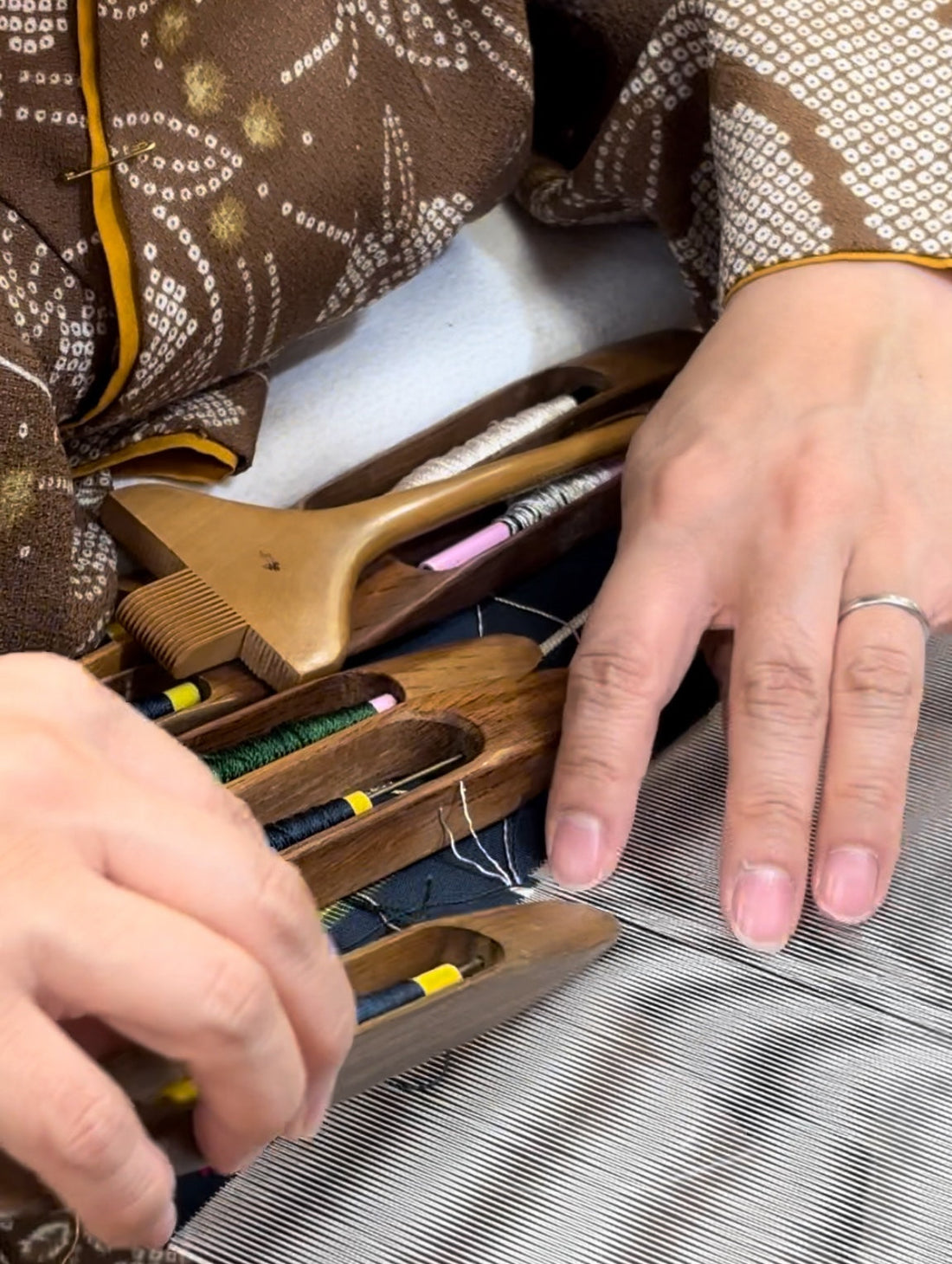
Rethinking Japanese Luxury (4): Traditional Craftsmanship in the Age of AI
Share
Although the title is grand, I cannot even begin to guess what place traditional craftsmanship will hold in the age of AI. However, I have a deep personal interest in the impact AI will have on humanity. AI is likely still in its infancy, and how it will reshape society remains beyond our imagination. Yet, rather than asking if AI will bring fundamental changes, it seems more appropriate to ask when. In a world where AI is deeply integrated into daily life, what will people seek?
From here, I step into a realm of personal speculation and aspiration.
Considering the transformations that lie ahead, I believe that Japanese traditional craftsmanship should focus not merely on “Japanese identity” but rather on something more fundamental to humanity: the act of creating, exchanging, and cherishing objects. For thousands of years, humans have crafted, traded, and found joy in objects beyond mere necessity—objects that enrich life both in their creation and possession. Technological progress is, in essence, the history of humankind. Today, Nishijin Weaving benefits from computerized pattern design and Jacquard looms. Yet, until now, technological advancements have served as tools to support human creativity. Beauty is created by human hands; it is through human touch that nuance, narrative, and artistic sensibility are infused into a work.
But what if this relationship were to reverse? It is conceivable that, in the future, humans may assist AI’s creative endeavors rather than the other way around. While the initial spark of an idea may still originate from human minds, AI could be the one to take that idea and expand upon it with unprecedented depth and speed. I would like to believe that only the human heart can truly move another human heart—but AI’s words may one day resonate with us in ways we never expected. Yet, even then, I hold onto the hope that beauty capable of transcending language and striking the soul will remain an art unique to human hands. And with this silent prayer, I wish for a world where people never give up on creation and continue to share the joy of it with others.
The desire to create with one’s own hands—whether it be something beautiful, practical, or simply amusing—the urge to make, to innovate, is perhaps the very essence of being human. In times without machines, people raised silkworms, spun thread from cocoons, wove intricate textiles, developed complex looms, and stitched each kimono by hand. In that immense labor and time, I cannot help but marvel at the boundless creativity and relentless pursuit of beauty that define humanity. In that sense, the rise of AI may serve as an opportunity for us to rediscover what it truly means to be human.
I often find myself using a sewing machine or a needle in daily life. There is a distinct thrill in watching fabric take shape under a sewing machine and an undeniable serenity in stitching by hand—something anyone who works with their hands can surely understand. Perhaps true happiness is closer than we think. My deepest wish is for more people to experience the joy of making. But first, why not start by bringing craftsmanship into your daily life?